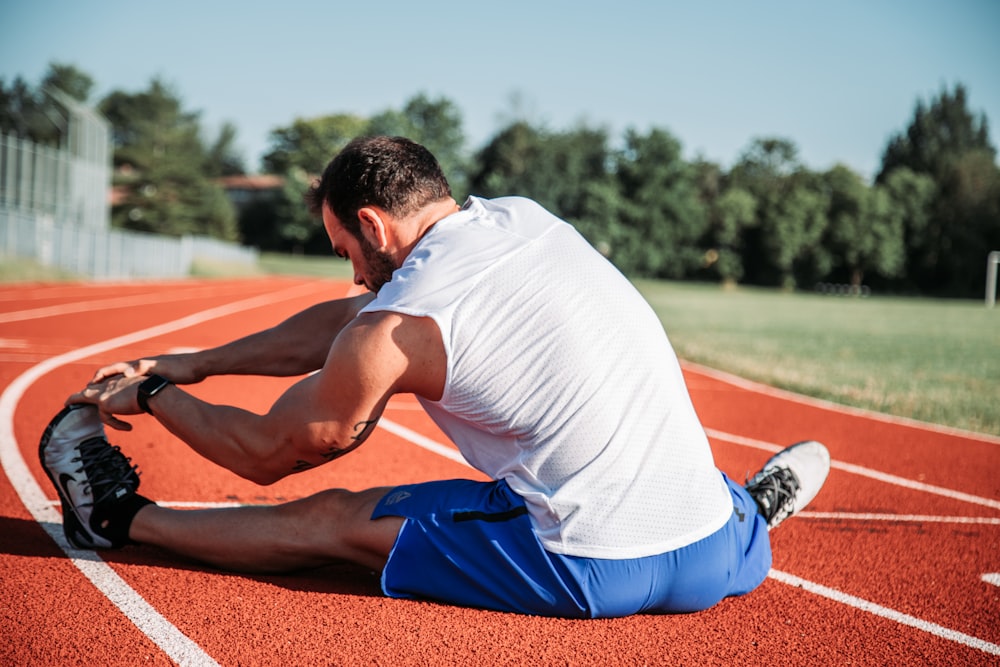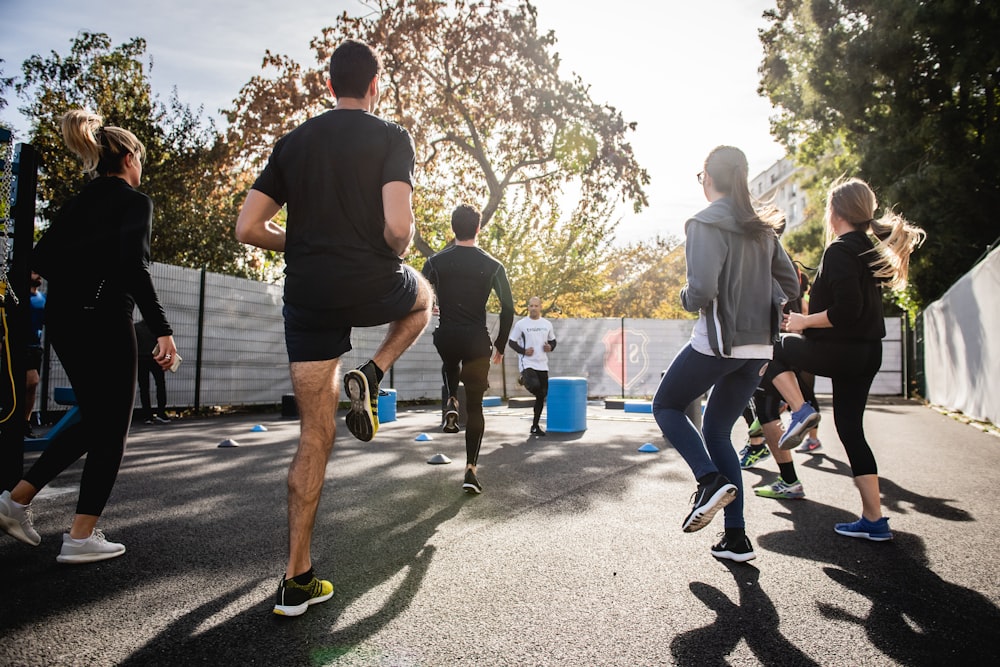PREPARATION FOR PERFORMANCE
According to the National Strength and Conditioning Association, a warm-up is defined as “preparatory activities and functionally based movements that are specifically designed to prepare the body for exercise or sport”. Designing an adequate warmup is usually dependent on the athlete’s needs, goals, and abilities.¹ The goal is to mentally and physically prepare the athlete for a training session or competition; while reducing the risk of injury. Benefits of a well designed warm-up are as follows:²
- Psychological readiness and preparation
- Increased blood flow to active muscles
- Increased strength and power output
- Improved joint range of motion
- Increased core temperature
- Enhanced oxygen delivery
- Faster muscle contraction and relaxation
There are many warm-up procedures that a coach or athlete may implement into their training routine. Learning about the advantages of different procedures is crucial to building an effective warm-up specific to yourself or another individual. This article will discuss traditional procedures like static and dynamic stretching; as well as some newer modalities aiding in the speed and effectiveness of a warmup.
Procedures
Traditional Warm-Up
Traditional procedures may begin with short low to moderate intensity cardio activity, followed by a “sit and stretch” session. The athlete may go through a full body routine of holding each position for 1-60 seconds with movement; known as static stretching. A static stretching routine is meant to improve range of motion prior to activity in order to improve performance and reduce risk of injury.¹ However, some coaches and athletes are changing their perspective on static stretching as a warm-up. Growing evidence suggests that long duration, static stretching may be better post activity due to results showing that it may reduce performance related metrics, such as strength, power, and reaction time.³ ⁴ ⁵
Dynamic and Sport Specific Warm-Up
A dynamic warm-up basically means to move while you stretch. This procedure includes repetitive, controlled movements that may begin at a lower intensity and gradually increase to training level speed and movements. It helps to increase core body temperature, muscle activation, and joint mobility; without fatigue or reduction in performance related metrics.¹ ⁶ Therefore, it is designed to better prepare an athlete’s body for the activity and prevent injury.
Aiding Modalities
Myofascial Release

Myofascial release is a soft tissue massage technique designed to target “problem” areas in the muscle that may be restricting performance. This technique may be used in pre-training sessions to increase mobility and blood flow, while reducing pain and tension due to overuse, injury, or inactivity.⁷ ⁸ Using some of the tools listed below are rising in popularity in warm-up procedures, especially in-season, to break fascial adhesions restricting alignment and performance.
Vibration

Localized vibration (LV) and whole body vibration (WBV) are becoming increasingly popular for sport performance and recovery. This involves the use of a vibrating tool or plate to stand on while stretching and performing dynamic movements. The idea is that the body will work to stabilize against the vibration; thus, speeding up the warm-up. Although further research is necessary, some studies show positive effects regarding agility, speed, and range of motion.⁹ ¹⁰ ¹¹
Percussion

Percussive therapy is a newer modality utilizing a device that massages through the repetitive striking of the muscle. Based on research surrounding vibration, massage, and myofascial release; percussion is claimed to elicit similar benefits as static and dynamic stretching. Recent studies using these devices show increases in range of motion without reductions in strength.¹² Further evidence is needed to support these claims, however all current data suggests that percussion may be a quicker and effective modality to include in warm up and intra-session procedures.
Application
A proper warm-up is vital for peak performance and injury prevention. However, creating a dynamic warm-up can be just as complex and specific to an athlete as the training program itself. First, it’s important to determine the needs of the athlete and the activity. This will give better direction as to which dynamic movements to include. The procedure should start off slow and work toward increasing specificity and speed toward the end.
General Warm-up¹³
- Duration generally around 15-20 minutes
- Begin with light-moderate activity
- Increase the heart rate and core body temperature
- Around 5 minutes
- Ex. butt kicks, high knees, walking lunges, bear crawls
- Move to more specific, “prep” movements
- Activation and Mobility
- Around 15 minutes
- Specific to the particular sport or activity
- Ex. band routines, sumo shuffles, squats, balance work
- End with highly specific movements
- Ex. Soccer may include reactive agility drills and 5-10 m. acceleration drills
*It is recommended that static stretching should only be included in the warm-up if maximum performance is not required in the session to follow. Otherwise, include static stretching post-activity.¹⁴

Generally, the warm-up will not vary from session to session. However, there are some circumstances that may cause a procedure to change; especially with collegiate level athletes.
Specific Considerations
- Time
- Busy schedules my affect full training session
- Intensity
- In-season and off-season training sessions will vary and require more or less focus on warming up
- Injury or soreness
- An athlete may need more time spent on mobility and activation in certain movements due to overuse, injury, or stiffness
For all of the reasons above, coaches and athletes are seeking quick and efficient ways to speed warm-up and recovery. Incorporating some of the tools listed above may prove to benefit athletes in situations when they are short on time or cannot seem to fix a “problem” area with dynamic movements alone. Ultimately, preparing the body for peak performance is an important part of any training program; no matter the athlete’s level or activity.
Connect with us on InstagramFollow Us @timtamperformance
Connect With Us!










